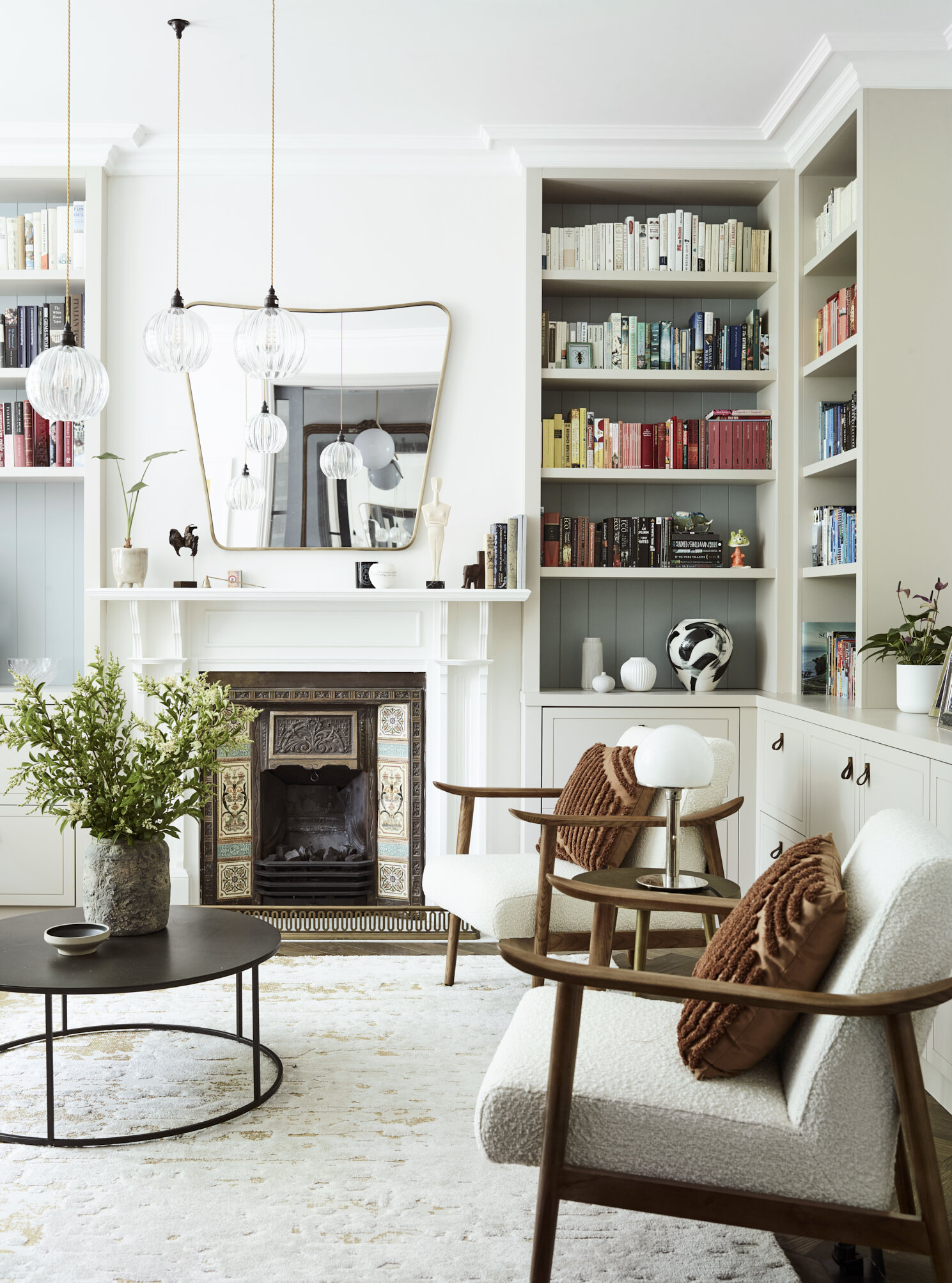Your Ultimate Lighting Guide: How to Master the Right Lighting
Are you looking for the perfect lighting setup for your home? Good lighting is essential in any home to create the right ambiance and atmosphere. It can also be a great way to add style and character to your living space. This ultimate lighting guide will help you choose the right lighting for your home. We’ll cover different types of lighting, what to look for when shopping for lighting, and tips for hanging interior lighting. With the right lighting, you can transform your home into something truly special.
Introduction to Interior Lighting
Interior lighting is an important element in any home. It can set the mood in a room, enhance the look and feel of a space, and add functionality. From ceiling lights to wall sconces, there are many types of lighting fixtures available to choose from.
The first step in creating the perfect lighting setup is understanding the basics of interior lighting. There are a few key elements to consider when choosing the right lighting for your home. The type of lightbulb, the IP rating, the Colour Rendering Index (CRI), the Kelvin temperature, the Lumens, and the Watts are all important factors to consider when choosing the right lighting for your home.
Our Seville House Guest Bathroom is lit with IP rated downlights and decorative pendant lights either side of the mirror.
Different Types of Lighting – Incandescent, CFL, Halogen, and LED
When it comes to choosing the right lightbulb for your home, you have several options. Incandescent bulbs, CFL bulbs, Halogen bulbs, and LED bulbs are all popular choices.
Incandescent bulbs are the traditional type of lightbulb. They’re known for their warm, yellow light and are usually used in bedrooms and living areas. They’re not as energy-efficient as other types of bulbs, but they’re still a popular choice.
CFL bulbs are a more energy-efficient version of the traditional incandescent bulb. They produce a cooler, white light and are often used in kitchens and bathrooms.
Halogen bulbs are the brightest type of lightbulb. They produce a very bright, white light and are often used in task lighting and accent lighting.
LED bulbs are the most energy-efficient type of lightbulb. They produce a bright, white light and are often used in living areas and bedrooms.
Understanding CRI (Colour Rendering Index)
When shopping for lighting, it’s important to understand the CRI (Colour Rendering Index). The CRI is a measure of how accurately a light source reproduces the colours of an object. The higher the CRI, the more accurate the colours will be. It is measured using a scale from 0-100.
Understanding Kelvin, Lumens, and Watts
Kelvin, Lumens, and Watts are important factors to consider when choosing lighting for your home. The Kelvin temperature is a measure of the light’s colour. The higher the Kelvin temperature, the cooler the light will be.
The Lumens measure the amount of light that a fixture produces. The higher the Lumens, the brighter the light will be.
The Watts measure the amount of energy a lightbulb uses. The lower the Watts, the more energy-efficient the lightbulb will be.
IP Rating Zones
The IP rating is a measure of how waterproof a light fixture is. The higher the rating, the more waterproof the fixture is.
Zone 0 – the location of the light would be in the shower or the bath which means they are completely exposed to water so would have to ensure that the left digit has a high rating. The minimum requirement for Zone 0 is IP67.
Zone 1 – this is lighting which is located directly above the bath or shower for example ceiling lighting or wall lighting around the bath. The light would need to be 2.25m from the floor with 60cm from the water source i.e tap. IP65 is recommended.
Zone 2 – these lights are placed either side of the shower or the wash basin for example wall lights. The position of these is 2.25m from the floor and 60cm beyond zone 1. At least IP44 is recommended.
Zone – anywhere outside of these limits away from water use.
How to Select the Right Lighting for Your Home
When it comes to selecting the right lighting for your home, there are a few things to consider. First, think about the type of lighting you want in each room. Task lighting, ambient lighting, and accent lighting all serve different purposes and can be used to create the perfect lighting setup for your home.
Next, consider the IP rating and CRI of the light fixtures you’re considering. Make sure to choose fixtures with a high IP rating and CRI for the best results.
Finally, consider the Kelvin temperature, Lumens, and Watts of the lightbulbs you’re considering. Choose bulbs with the right combination of brightness, colour, and energy-efficiency for the best results.
Tips for Hanging Interior Lighting
Once you’ve chosen the right lighting for your home, it’s time to hang it up. Here are a few tips for hanging interior lighting.
Before you start, carefully plan your art hanging positions and heights. We use a guide height of 1.8m from FFL (finished floor level) for wall lights, between 1.6m – 1.8m from FFL for bathroom vanity pendant or wall lights. The clearance between the FFL and the bottom of a pendant light should be minimum 2.1m and the clearance between a table or worktop and a hanging light at least 0.95m, or minimum 0.7m between a bedside table and a bedside wall / pendant light. These are just guidelines - the exact spacings should be adjusted based on the style and design of the lighting, the ceiling height in the property and other practical considerations.
Make it stand out
Our Eden House Reception room is lit by downlights, decorative pendant lights and LED lights in the joinery.
What to Avoid in Interior Lighting
When it comes to choosing the right lighting for your home, there are a few things to avoid. First, avoid using too much light in a space. This can be overwhelming and can make a room feel too bright and uncomfortable, and too many light fixtures in a space can make the space feel cluttered and overwhelming.
Avoid using lights with a low IP rating and CRI. This will ensure that your lighting fixtures are waterproof and that they accurately reproduce colours. It’s worth investing in better quality, longer-lasting bulbs.
Different Style of Lighting for Different Rooms
Different rooms require different types of lighting but layering various types of lighting is the best approach. This allows different lighting settings to be used at various times of day and to set the mood.
In bedrooms, ambient lighting is the best choice. This type of lighting creates a warm, inviting atmosphere and is perfect for relaxing and unwinding. Consider lighting wardrobes internally with LED lights and create layers of atmospheric light by using decorative bedside lights as well as purpose-made reading lights.
In bathrooms, task lighting is the most important consideration. This type of lighting is ideal for tasks such as shaving, makeup application, and hair styling. It’s best to have lighting at face-height and avoid downlights placed directly above a vanity unit as this can create unflattering shadows.
In kitchens, ambient and task lighting are both important. Ambient lighting creates a warm, inviting atmosphere and task lighting makes it easier to prepare meals.
In living areas, it’s important to have a mixed layering of lighting to allow the space to be used most practically throughout the day. Accent lighting can be used to highlight art, bookshelves, or other features in the space.
Conclusion
Good lighting is essential in any home to create the right ambiance and atmosphere. With the right lighting, you can transform your home into something truly special. We’ve covered different types of lighting, what to look for when shopping for lighting, and tips for hanging interior lighting. We’ve also discussed what to avoid in interior lighting and lighting control systems.
Now that you know everything you need to know about interior lighting, it’s time to get started. If you need help designing lighting plans for your home, get in touch with Pia Design to talk to an expert in interior lighting,
Eden House - The Entrance hallway which is lit by pendant lights and wall lights - the mirror reflects the living room to bounce natural light.





